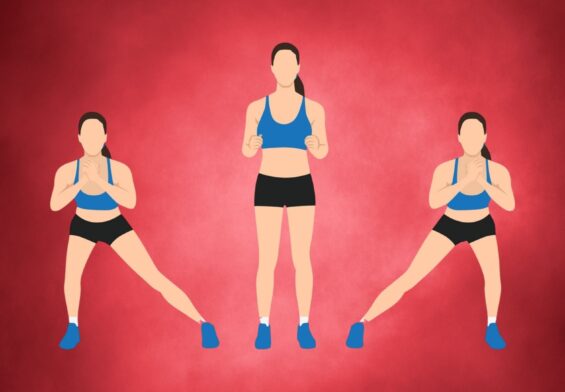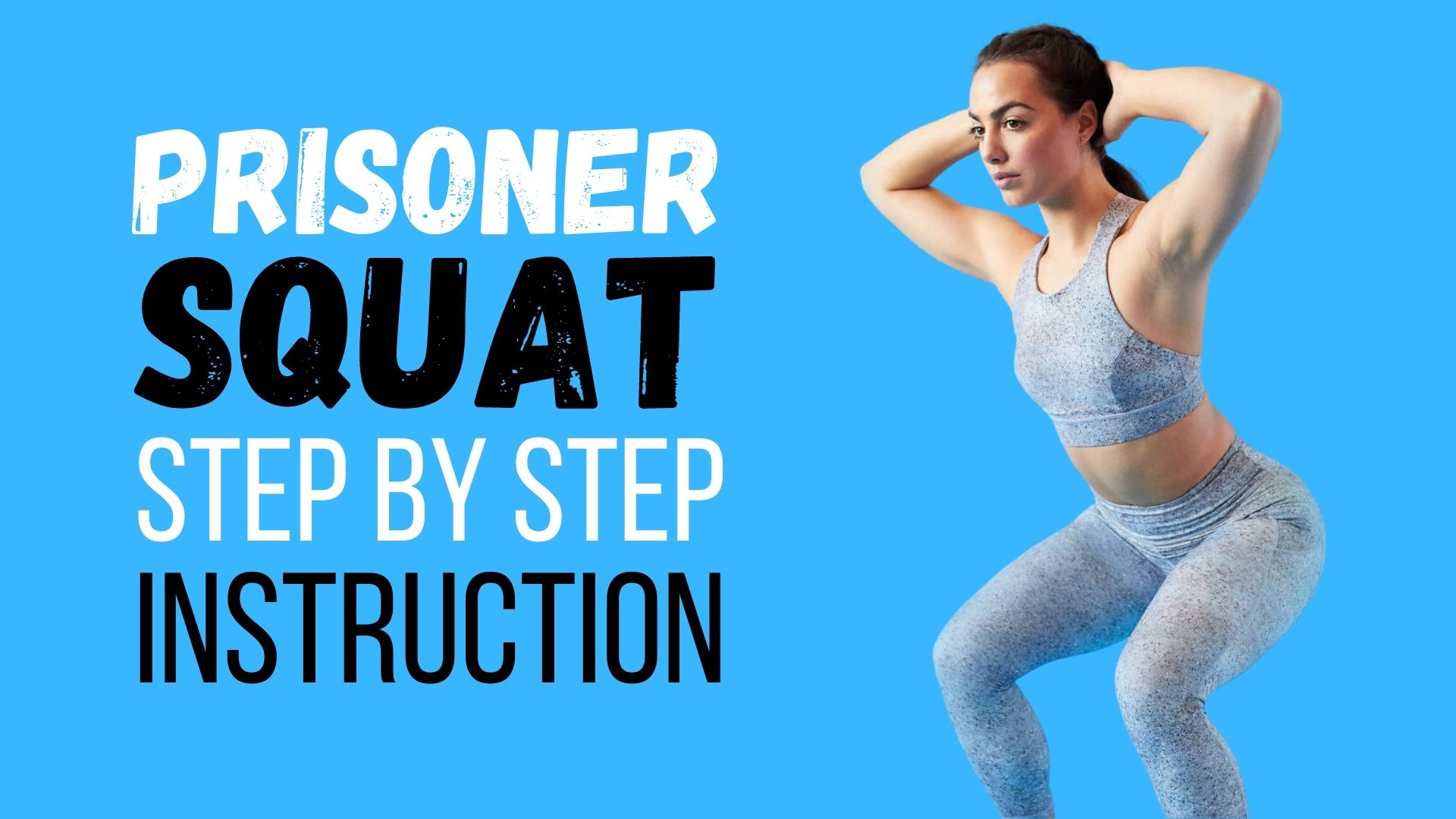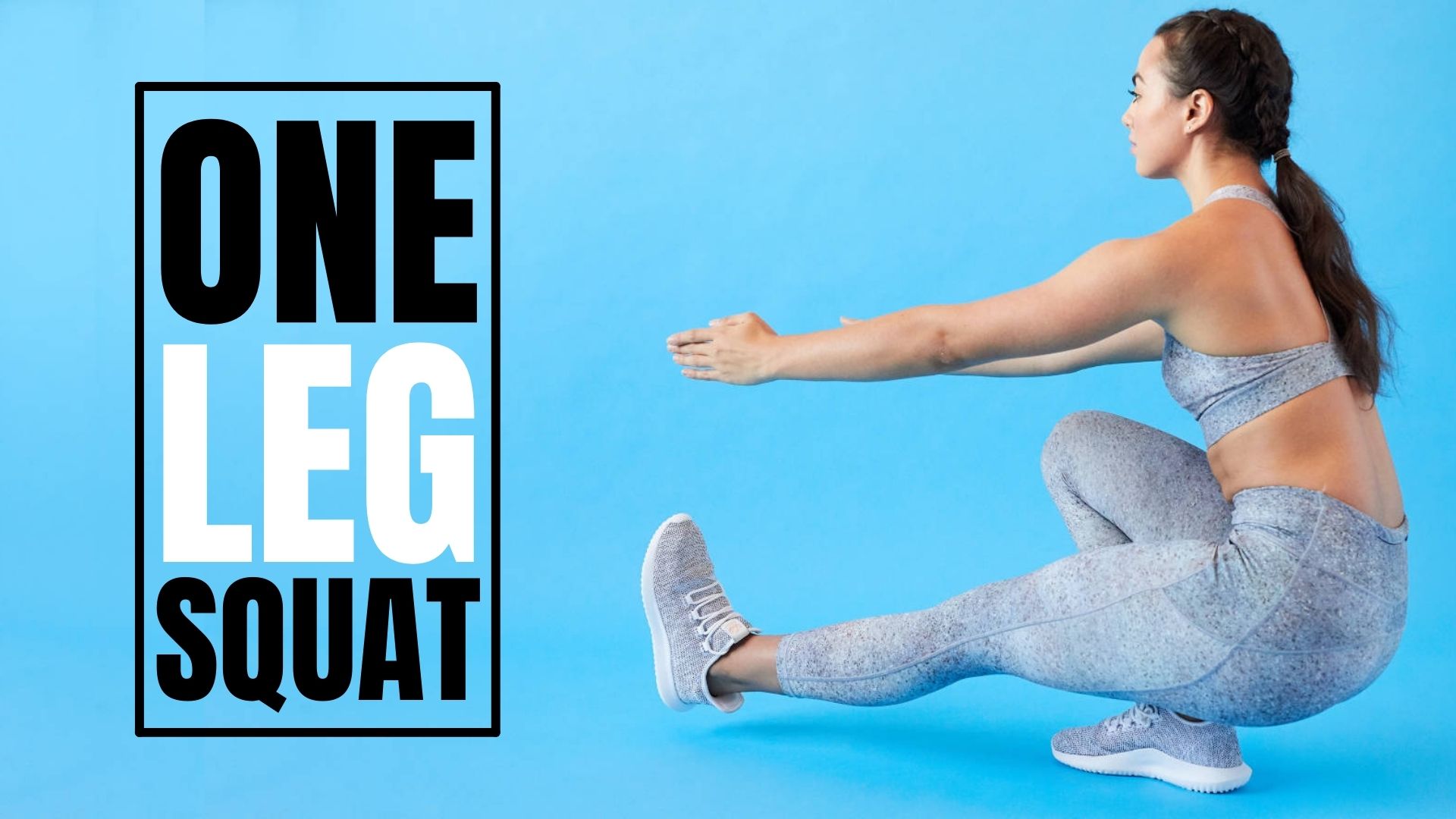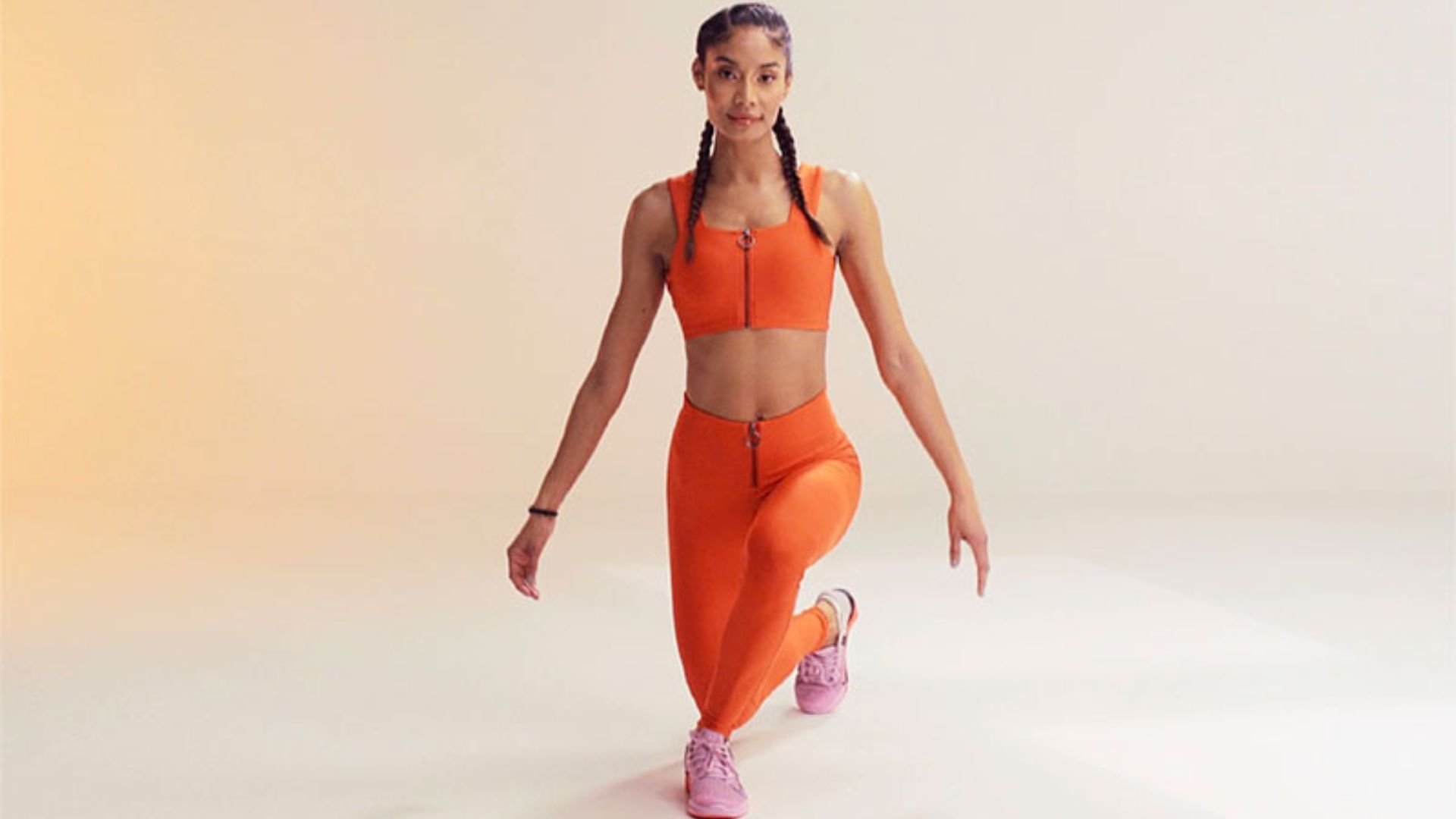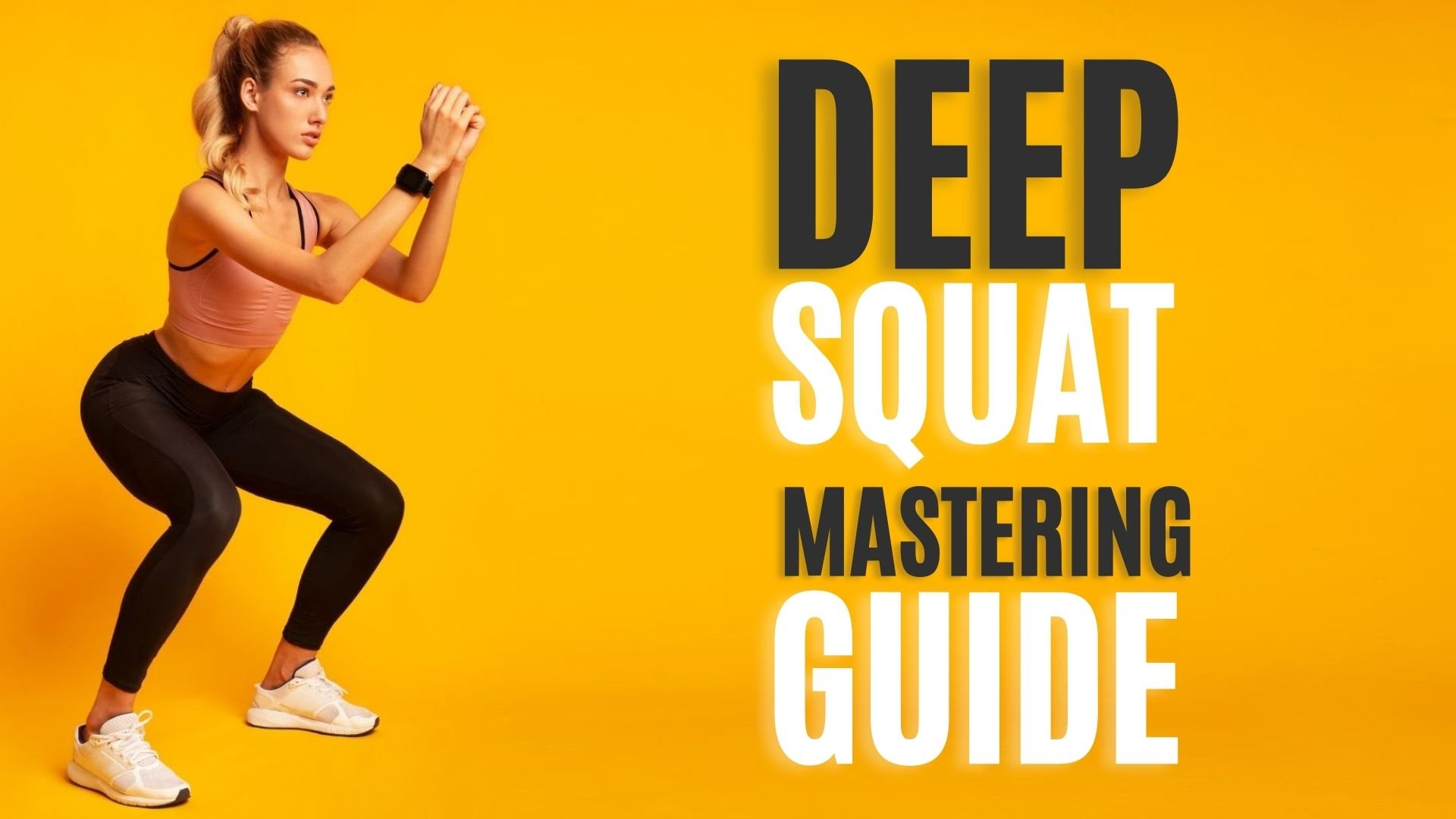
Deep Squat: Master the Technique!
Squats are an important part of many lower-body exercise programs.
This movement is part of many daily activities.
The movement is part and parcel of everyday life, whether you are squatting to pick up something heavy or standing up from a chair.
Squats need flexibility in your hips and knees as well as your ankles.
They also require your lower body muscles to lift your weight and any additional weights you add.
When done with resistance, Squats can also challenge your stability and pelvis.
They are a great addition to any resistance training program.
You may be wondering the difference between deep squat and standard squat.
This article will help you understand the difference between deep squat and standard squat.
What’s The Deep Squat?

Deep squat refers to a squat where your hips are lower than your knees at the deepest point of the movement pattern.
This means that your knee joint angle is greater than 100 degrees at its lowest point.
According to one study, the average knee angle in deep squats was more than 120 degrees.
Instead, you bend at 90 degrees in a standard squat, and your knees are bent to approximately 90 degrees.
You should have greater knee flexion when deep squatting and your hips and ankles must flex enough so that your center of gravity is over your feet.
Your trunk must remain straight and stable, especially when using weight.
The backs of your thighs and calves meet at these depths.
This contact can reduce the compression load on your knee joint and help to lower the chance of injury.
Deep squats are possible as a bodyweight exercise.
Front squat with resistance load (barbell or dumbbell, band, etc.).
Support your shoulders with the resistance load behind your shoulders or in front.
What Is The Best Form Of Deep Squat?

It is important to maintain proper form.
You can injure yourself if your form is not correct.
Deep squats can cause damage to your knee cartilage or meniscus.
In addition, it could also lead to back or spine injuries.
These key steps will help you safely incorporate deep squats in your workout routine:
- Throughout the whole range of the squat, keep your heels in contact with the ground. For stability and form, mobility in the ankles is crucial.
- Maintain a slightly extended or neutral spine. Do not slouch or curve your shoulders.
- As if you are trying to sit down, squat into your back. As the stress and force increase in your knees, resist pushing them forward.
- Your stance should be adjusted to feel the most natural. Begin with your feet shoulder-width apart. Then, slowly move them out until you feel it is right. Your glutes will be more active if you have a wider stance. You’ll also need to work your quads less often.
Which Muscles Are Used In A Deep Squat?
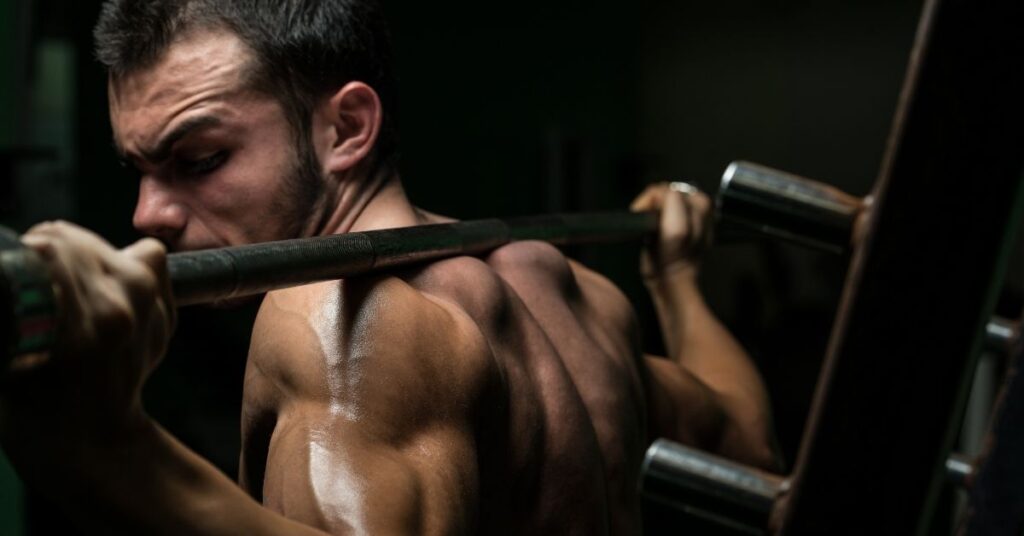
The deep squat uses most of your lower body muscles to produce force.
Stabilizers are also provided by other muscles such as your trunk.
Stabilizer muscles align your joints to reduce excessive or compressive forces that cause injury.
Hips
This movement is largely performed by your buttock muscles ( glutes).
Your hamstrings also play a part but to a lesser degree.
Both muscles work together to control your hips when you descend (hip flexion) and produce force to overcome gravity.
At the same time, you ascend (hip extension).
The smaller muscles surrounding your hip joint control how the hip rotates during movement.
They help to stabilize the joint.
They work in conjunction with the gluteus medius and minimus to ensure that your knees are aligned with your feet while you move.
These muscles reduce excessive torque and prevent your knees from moving towards the middle of your body.
Knees
The quadriceps muscles (also known as your quadriceps) are located on the front of the thighs.
They control the bending and extension of your knee joints when you lower yourself into deep squats.
They then work to straighten your knee as you ascend.
Ankles
The muscles at the front of your shins, also known as the anterior Tibialis (also referred to as tibialis anter), pull your shin bones forward.
They also support your body above your feet and allow you to lower and raise your feet.
One study found that strong women in their shin muscles could perform deep squats better than those who had weaker ones.
Your calf muscles help you maintain control in the descent section of the squat.
Your quadriceps and gluteal muscles work together to create force during the ascent portion of the movement.
Trunk
The erector spine muscles, located in the back of your spine, keep your spine straight.
They also help reduce the chance of injury to your spine or intervertebral disks.
What’s The Benefit Of Deep Squats?

Because of their increased range of motion, the benefits of deep squats are slightly different from those of standard squats.
Strengthening
Deep squats have been proven to be more effective in building glutes, inner thighs muscles, and the core than standard squats.
It also develops strength across the entire range in motion of the joints.
Lower Back And Pelvic Stability
Deep squats will require greater strength and stability in the lumbar spine to maintain proper alignment.
Because the spine’s joints are most vulnerable when squatting, ensuring a neutral lumbar spine is important.
Functional Movement Training
Deep squatting is a functional movement involved in many everyday activities such as standing from a low stool, lifting a heavy box off the ground, and preparing to kneel to the ground.
The deep squat is used in many other sports such as football, baseball, and hockey.
It’s also important for Olympic weightlifters because they lift the weight from the ground to the overhead.
Do More With Less
Research suggests that deep squats require your muscles to perform a full-range motion.
This is why you will see more muscle strength and growth than shallow squats using heavier weight.
Mobilization Increases

Mobility depends on strength and flexibility.
Deep squats can help improve mobility and range of motion in your involved joints.
Take care when performing the deep squat.
It is important to maintain proper form when squatting to reduce injury and pain.
Three common mistakes occur during the squat
Heels Lifting
It is important to keep your feet on the ground.
This will increase your stability and balance as well as force production.
This is often due to poor ankle flexibility or letting your knees extend beyond your forefoot and toes.
It can also be caused by the stiffness of the calves.
You can place a lift (such as a board) under your heels if you have difficulty keeping your heels down until you feel more flexible.
It may be more beneficial to lose weight and improve your range of motion at the beginning.
You can slowly increase your weight as you improve your range of motion.
Misalignment In Knees
Poor gluteal strength and hip rotator strength are two major challenges when doing deep squats.
These muscles can cause your knees to bow inward towards each other when you descend or ascend.
If your knees are out of alignment, you can cause injury by creating torque around your knees.
People with knee pain should not do a deep squat.
You might be better off changing your movement patterns or choosing a different exercise.
The spine can be bent.
Another common problem with squat forms is that your spine doesn’t align with your pelvis.
Your spine should be straight and parallel to the ground.
This will keep your shoulders above your knees and your knees above your toes.
It also helps maintain balance and reduce the risk of straining and shear force in your spine.
It may be beneficial to do a deep squat if your hips are below your knees or lack the mobility to keep your alignment while performing a deep squat.
Variations Of The Deep Squat
You can make the exercise easier or more difficult by doing multiple variations of the deep sit.
Only bodyweight.
This version of deep squat can also be called an “air squat.”
For an extra challenge, lift your arms above your head and keep your arms in line with your body.
This functional test evaluates trunk stability, lower body mobility, and shoulder mobility.
Holding on to something
Holding on to a railing or suspension trainer can help you align your body when performing the deep squat.
You’ll have greater stability when shifting your center gravity.
Also, your ability to correct any compensations will be improved if you hold on with your hands.
Put a lift under your feet.
A small pad or board can be placed under your heels to help with the deep squat.
This will allow your ankle joints to move more freely, which will benefit the entire kinetic chain.
Wall Squat
The squat can be performed against a smooth surface or wall with your back.
Your back and buttocks should be against the wall.
Keep your feet about 6-8 inches (15-20cm) from the wall.
Slide along the wall until your hips reach your knees.
Keep your feet flat on the ground, with your back against the wall.
Then push up until your knees are extended.
Repeat.
Front Squat
You can do this version with a kettlebell, a barbell, or a band.
As mentioned, stand up.
Keep your weight in your hands level with your collarbones or slightly below.
Keep your form correct throughout the deep squat.
Keep your weight in front of the center of gravity to emphasize your quads.
Do not squat in the back.
The back squat can be performed the same way as the front squat, except that your weight is placed on your upper back and your hands are level with the tops of your shoulder blades.
Your weight should be kept behind your center.
This puts more emphasis on your gluteal muscles and buttocks.
How Do I Get Started With Deep Squats?

Take care.
If your form is incorrect, a deep squat or another squat can be dangerous.
Mobility, flexibility, stability, and coordination are important aspects to consider.
While it is sometimes not very enjoyable, injuries are much less fun.
If you never have squat deep enough, likely, you don’t have the control, mobility, or strength to lift weights.
Take a step back, and learn the basics.
#1 You Can Go At Your Own Pace
Try squatting as low as possible without feeling pain.
Pay attention to your hips, back, and knees if you feel discomfort.
If you want to do more deep squatting, you can always go higher.
#2 Be Aware Of Your Posture
When you do squats, it’s easy for your shoulders to round.
Keep your spine straight, your head forward, and your neck relaxed.
#3 Focus On Mobility
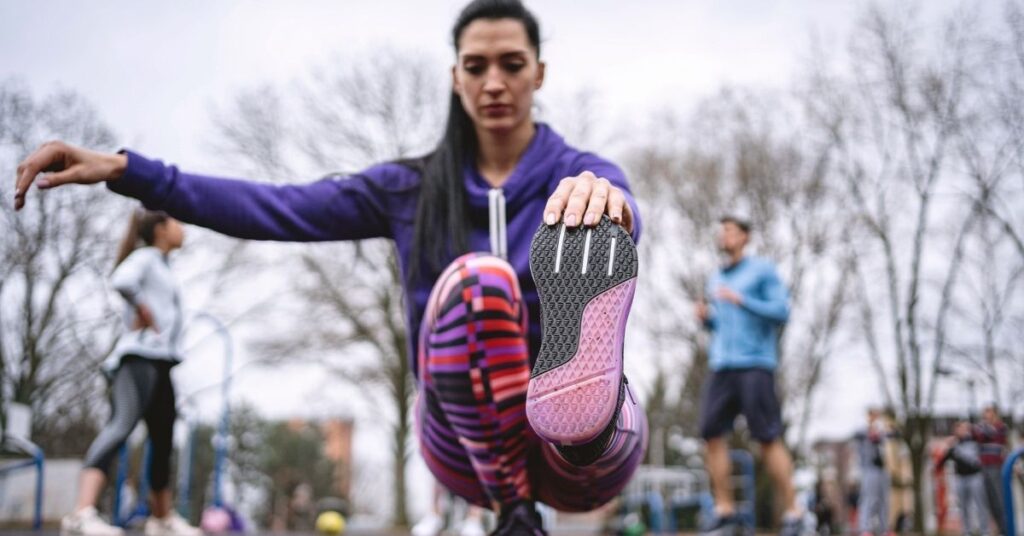
” Mobility” can be a term often used, but what does it actually mean when you are lifting weights?
Dr. Mike Reinold defines it as the body’s ability to perform a task with no compensation.
Have you ever tried a biceps curl using a weight that was a bit too heavy?
Did your backbend and swing, and your hips feel weaker?
Your body is compensating for a loss of strength.
Your body is more at risk of injury if your form gets ruined in the effort to gain weight.
This is especially true for squats.
Poor mobility can be caused by many things.
Still, Reinold stresses the importance of having flexible ankles, hip flexors, and knees.
Try lying down on your back and bending your knees.
Then, do a squatting movement.
You can fix tightness in any muscle group that prevents the movement from performing perfectly with a massage or the right stretches.
Reinold stresses the importance of using these techniques regularly:
Spending a few minutes per week than an hour is better.
#4 Engage Your Muscles
After a complete body warm-up, which includes dynamic stretching, it is important to keep your muscles engaged while you do the squat.
Your abs, shoulders, and upper back must be engaged when lifting heavier weights.
This will create a stable foundation for your weight.
Flex your quads and squeeze your butt.
Tense your stomach.
In the case of back-squats, activate your upper back by pulling on the bar.
This will stabilize your body and ensure that your muscles work together to prevent you from compensating.
#5 Get Back To Basics

Unfortunately, there are many ways to squat poorly.
Reinold suggests that you start your deep squat routine with only your body weight.
Then, gradually increase the load.
Even though it can be frustrating for advanced lifters to start from scratch, this is the best way of filling any gaps in strength, stability, or form.
He recommends consulting a physical therapist when starting a new weight training program.
He says that a PT does not need to be injured to visit one.
A physical therapist who has a strong background in movement quality is a great choice if you are interested in increasing your strength safely.
They will look at your body from a different perspective and help you determine the best way forward.
Deep squats are not bad for you.
There has been some debate about whether deep squats could cause joint damage to the hips or knees in conditioning circles.
Experts recommended that your knees not move beyond your toes to avoid injury.
These hypotheses have been disproven by more recent studies.
This is especially true when the program encourages a gradual shift to deeper squats.
A 2013 study found that a gradual shift from a parallel (where your knees meet the floor) to deeper squats is safe and effective, particularly if you don’t have any joint problems.
It’s important to warm and stretch.
Your risk of injury increases if you don’t have a strong core and loose shoulders.
There are no injuries or chronic conditions, “assing to grass” is a good option.
If you have any knee, back, or hip problems, it’s okay to stick with a modified or skip squat.
Last Words
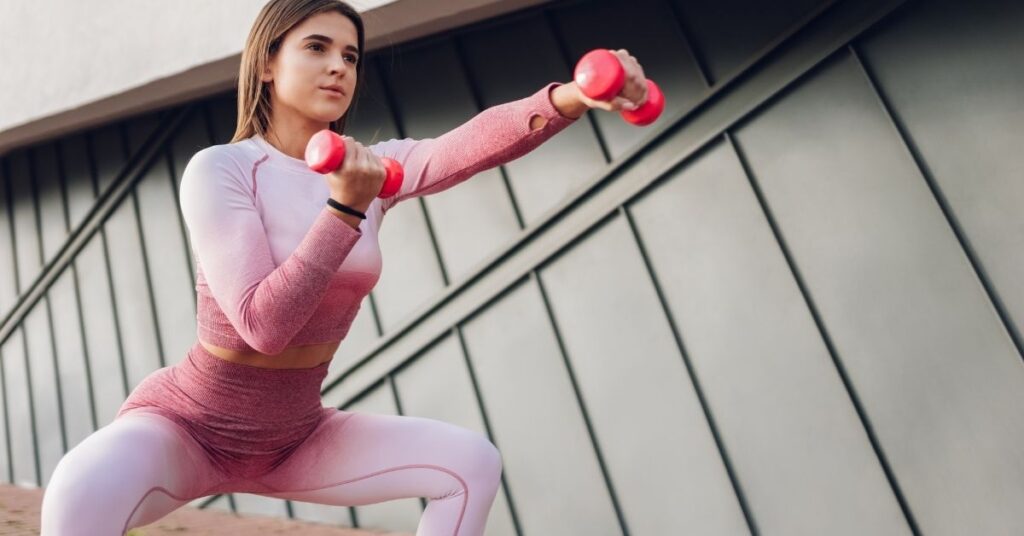
Deep squats can be a great lower-body workout.
Research has not shown an increased risk of injury to the knees.
However, to minimize injury to your spine or lower body, follow the guidelines as described above.
You can add deep squats into your workout to increase the challenge and improve mobility.



